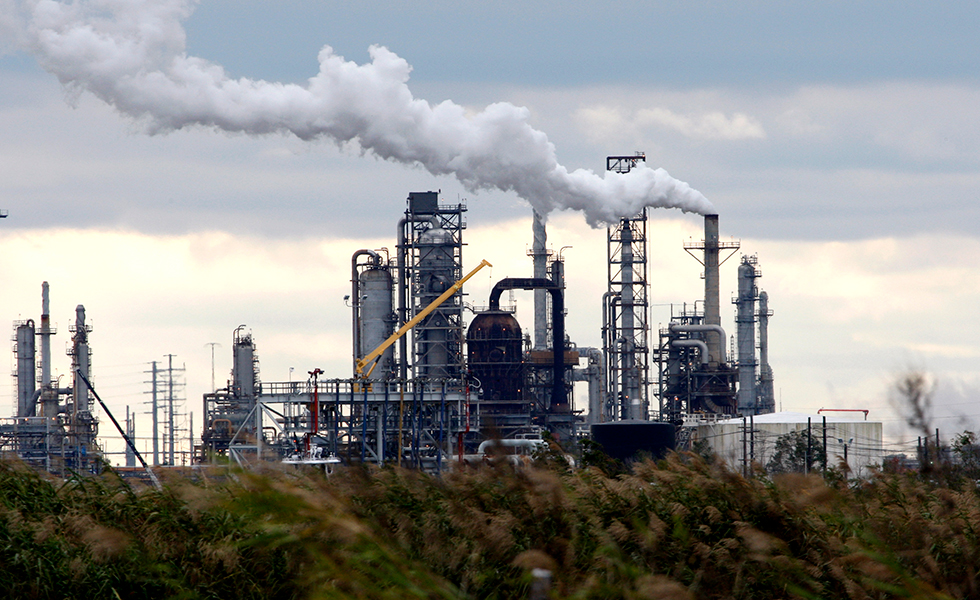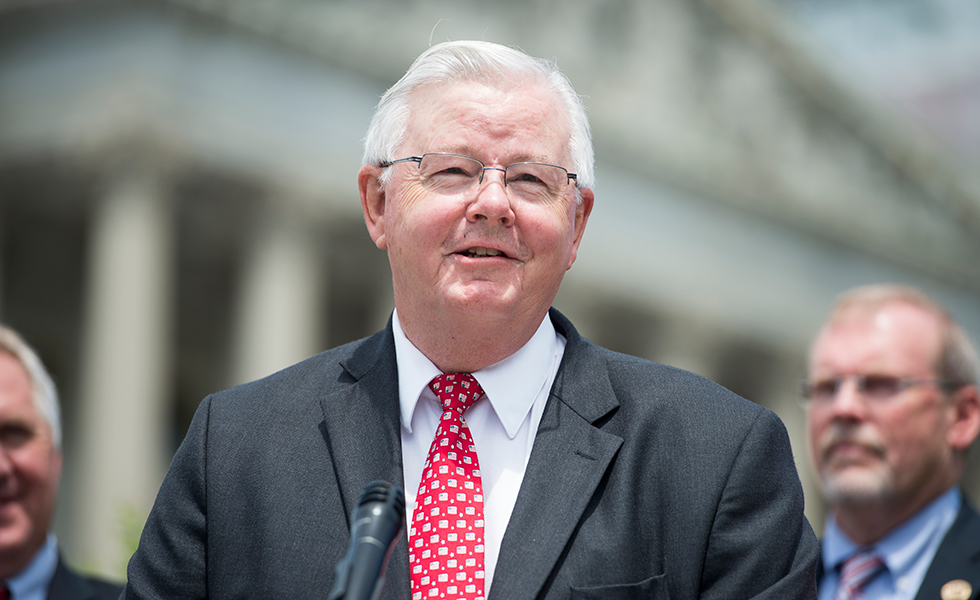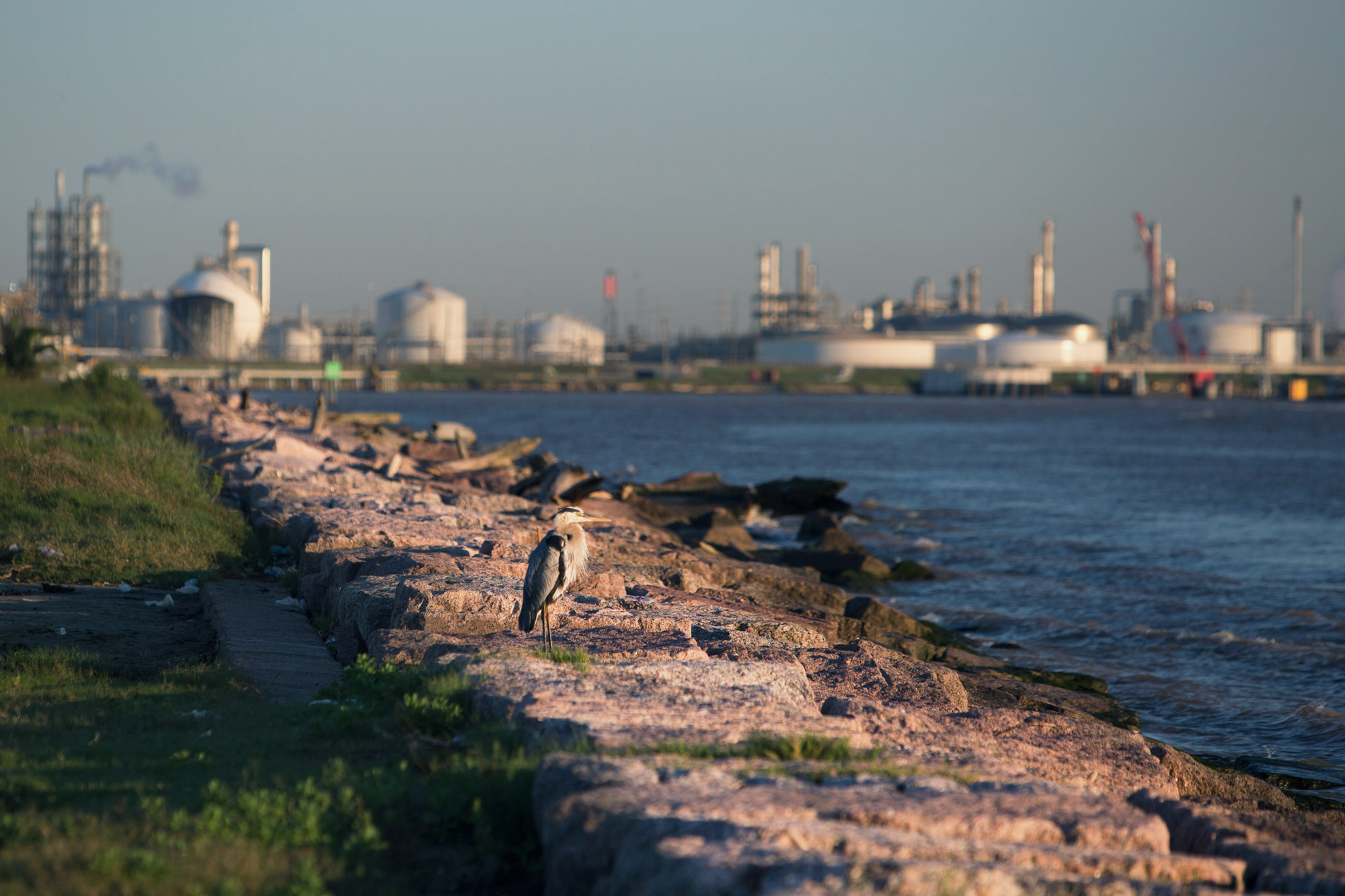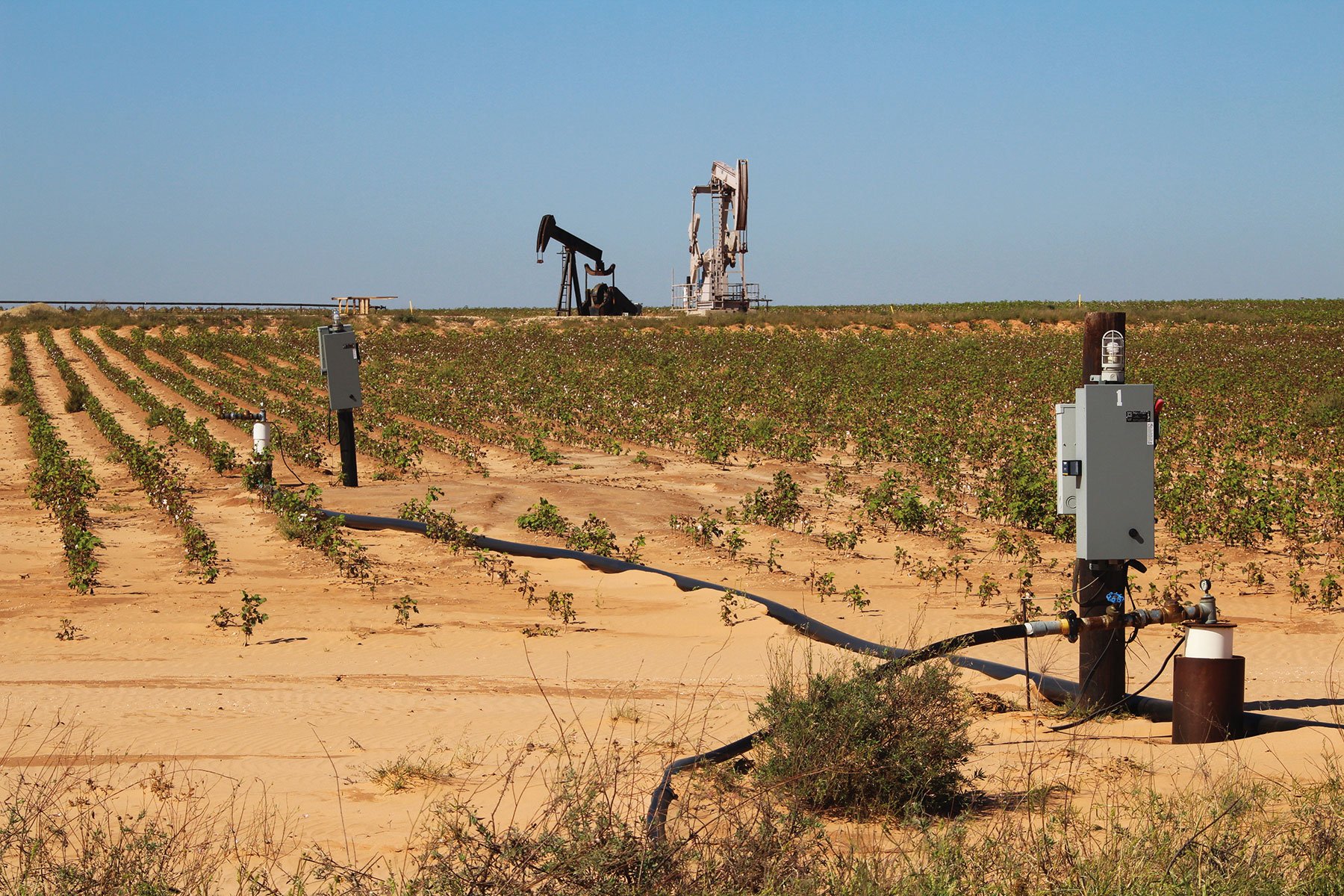
Report: Oil and Gas Producers May Be Pushing the Permian Basin Past Federal Air Quality Limits
Sulfur dioxide levels in the vast West Texas region may be hitting dangerous levels. Meanwhile, the state is hardly bothering to monitor the pollutant.

In the Permian Basin of West Texas, there’s something in the air. For the oil and gas industry, it must be the smell of money — lots of it. But for the people who live in this 75,000-square-mile stretch of prickly pear and pumpjacks, it’s a bad wind blowing.
A report released Thursday by the Environmental Integrity Project (EIP) found that illegal emissions of sulfur dioxide in one of the world’s richest oil fields are likely pushing pollution levels past limits set in the Clean Air Act and making people sick. At the same time, state environmental regulators apparently have shown little interest in measuring exactly how much air pollution is clouding the Permian.
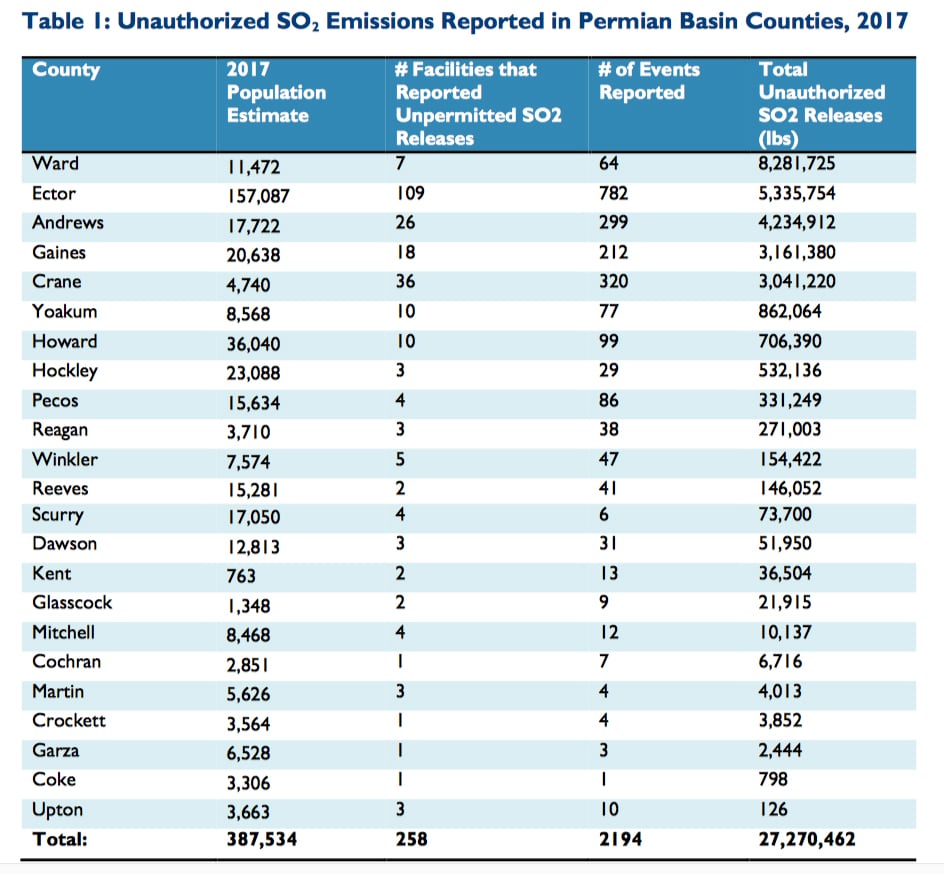
The report centers on the West Texas petroleum hub of Ector County, home to the rough-hewn and rapidly growing city of Odessa, where squat tank batteries and towering hydraulic fracturing wells have sprung up like weeds in the last decade. In 2017, oil and gas companies illegally discharged 5.3 million pounds of sulfur dioxide here — all of it in violation of their federal pollution permits. EIP used state pollution data and weather modeling software to determine that the discharges caused 35 percent of Ector County to experience levels of sulfur dioxide in excess of the EPA’s National Ambient Air Quality Standards. Sulfur dioxide is a harmful gas that causes respiratory problems in humans.
The analysis is the first third-party study of sulfur dioxide levels in the Permian Basin, said lead author Ilan Levin. The findings substantiate a suspicion environmental advocates have had for years: that rampant, illegal pollution discharges have made the air in West Texas unsafe to breathe. “We’ve known for some time that there are these huge unauthorized emissions in West Texas,” Levin said. “What these results show us is that it is very likely that this entire area of the Permian Basin [violates air quality standards] for sulfur dioxide.”
If the analysis is correct, it could mean that parts of the Permian Basin are “out of attainment,” or out of compliance, with federal air quality standards for sulfur dioxide. If the government were to classify the region as a nonattainment zone for the contaminant, regulators could require new oil and gas facilities built there to install mechanisms to control pollution. Texas currently has 25 counties that don’t meet some federal air quality standards, mostly for ozone and sulfur dioxide.
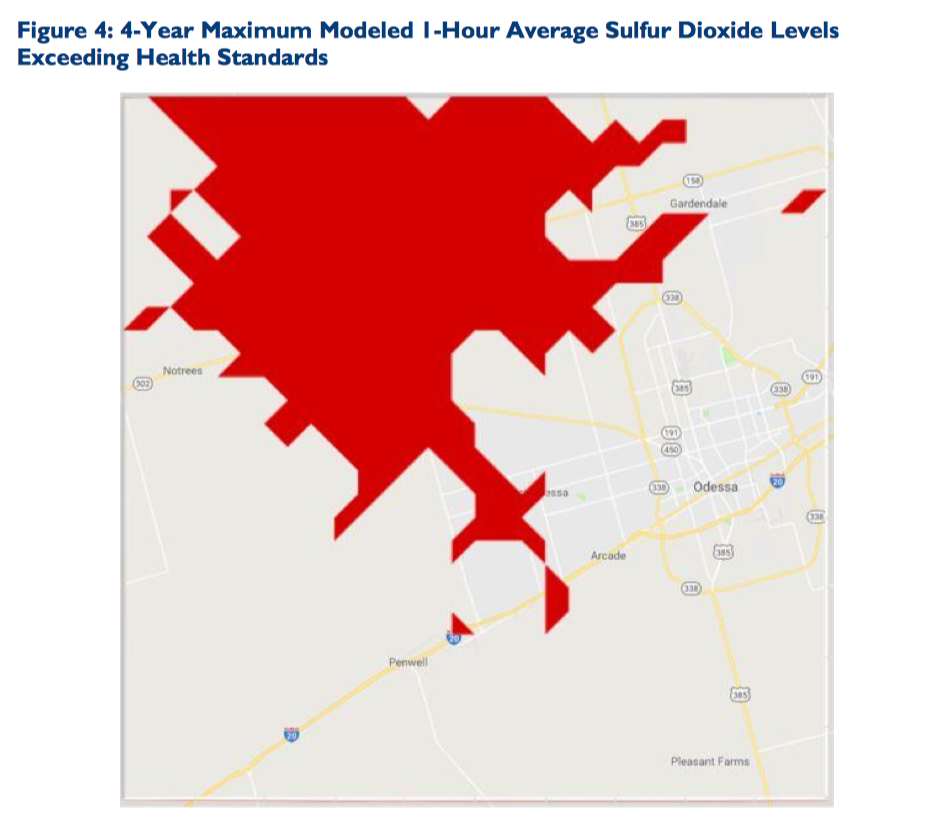
“If the Permian Basin was found by regulators to be nonattainment for sulfur dioxide, which our study indicates it is, stricter Clean Air Act standards would apply to all of those operators,” Levin said.
Much of the pollution appears to be the byproduct of “flaring,” a common process in which oil and gas drillers burn usable natural gas they’ve unearthed but don’t have the capacity to store. Among the chemicals released in the flaring process is sulfur dioxide, one of the six main air pollutants regulated by the EPA. Sulfur dioxide has the nasty habit of interacting with other compounds in the atmosphere to form small particles that “may penetrate deeply into the lungs and in sufficient quantity can contribute to health problems,” the agency reports. Children and the elderly are especially susceptible.
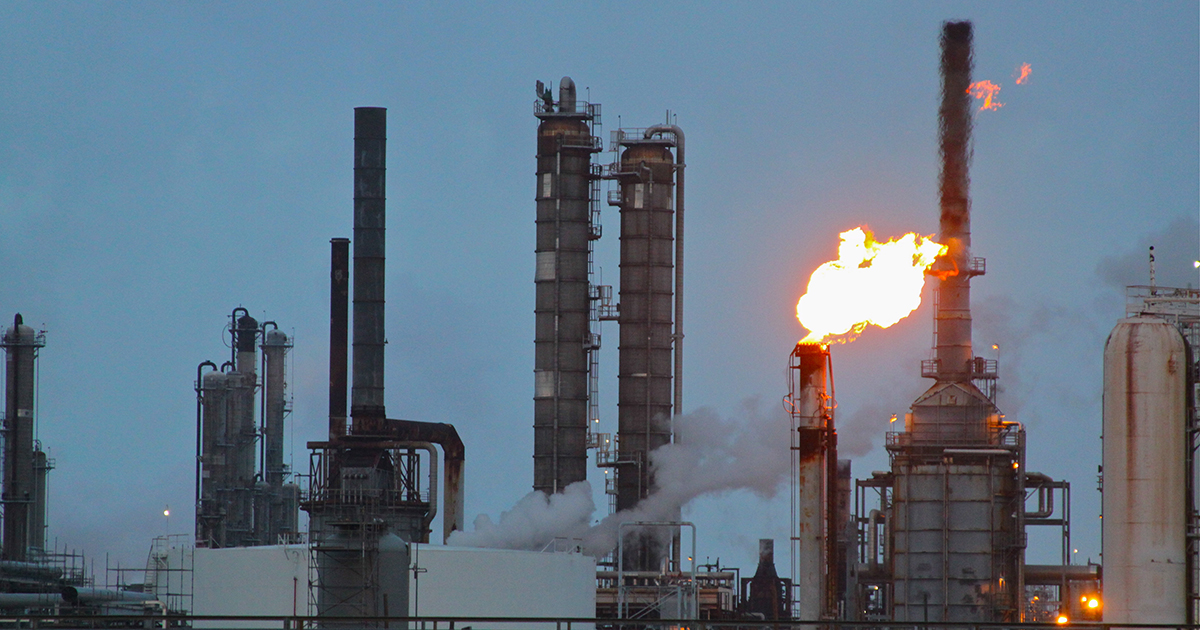
In 2017, the worst offender in Ector County was the James Lake Gas Plant, operated by James Lake Midstream, according to the report. The facility spewed 1.2 million pounds of sulfur dioxide in 106 emission events. Even higher emissions were found elsewhere in the Permian Basin that year: At Sealy Smith Clearfork Satellite 7, operated by Occidental Permian in nearby Ward County, 6.7 million pounds of the gas were released. That’s about as much sulfur dioxide as would be released each year by a full-sized, coal-fired power plant built in the 1980s.
The Permian Basin is home to 1.4 million people in Texas and New Mexico, and the populations of Midland, Odessa and other cities in the region are expected to surge as the oil and gas boom continues. The EIP report’s authors write that illegal pollution discharges in the Permian, largely from oil and gas facilities, have already caused millions of dollars in health costs.
To make matters worse, the Texas Commission on Environmental Quality (TCEQ) isn’t doing much. The state has placed only three air quality monitors in the region, just one of which measures sulfur dioxide levels. Compare that to the petrochemical complex along the Houston Ship Channel, where 60 air quality monitors are in place. TCEQ did not respond to Observer questions for this story.
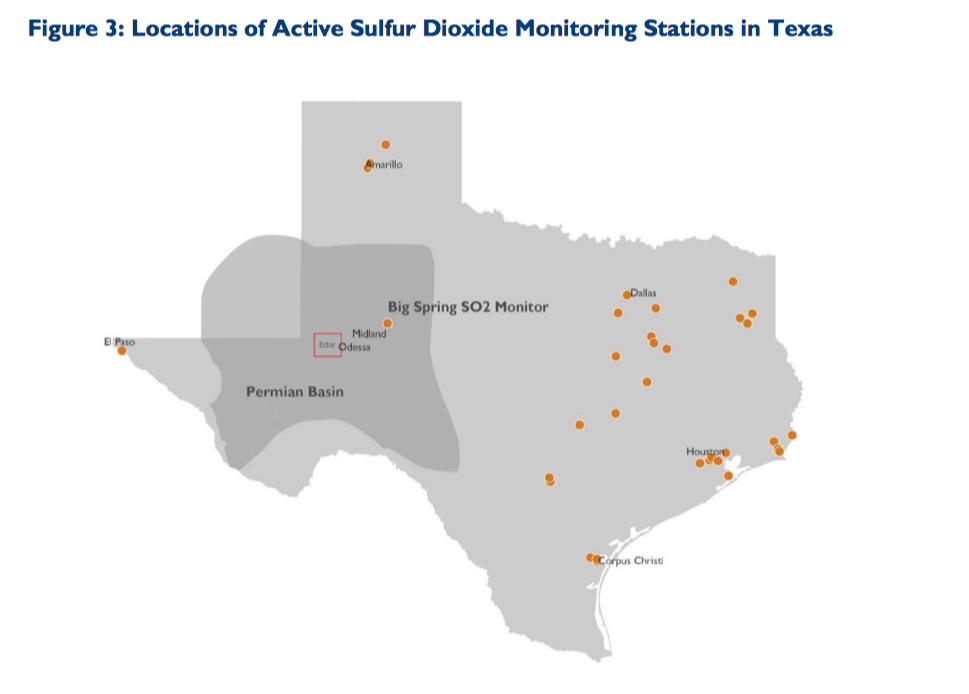
The only functioning sulfur dioxide monitor in Texas’ portion of the Permian Basin is at the Alon refinery in Big Spring — it was installed in 2016. The monitor reveals that the refinery, which is located in Howard County, violated sulfur dioxide standards at least 30 times from 2016 to 2018. Ector County, which has no official sulfur dioxide monitor, saw eight times more sulfur dioxide emissions than Howard County. TCEQ has no plans to install new sulfur dioxide monitors in the region, according to its draft 2019 air monitoring plan.
Levin said he hopes the report will encourage state and federal regulators to take the pervasive air pollution in the Permian Basin seriously. One of the group’s recommendations is that regulators set up a more robust network of air quality monitors to build on the EIP analysis. “More study needs to be done. We know we don’t have all the answers,” he said. “We’re calling on the state and EPA to get in there and monitor the air.”
